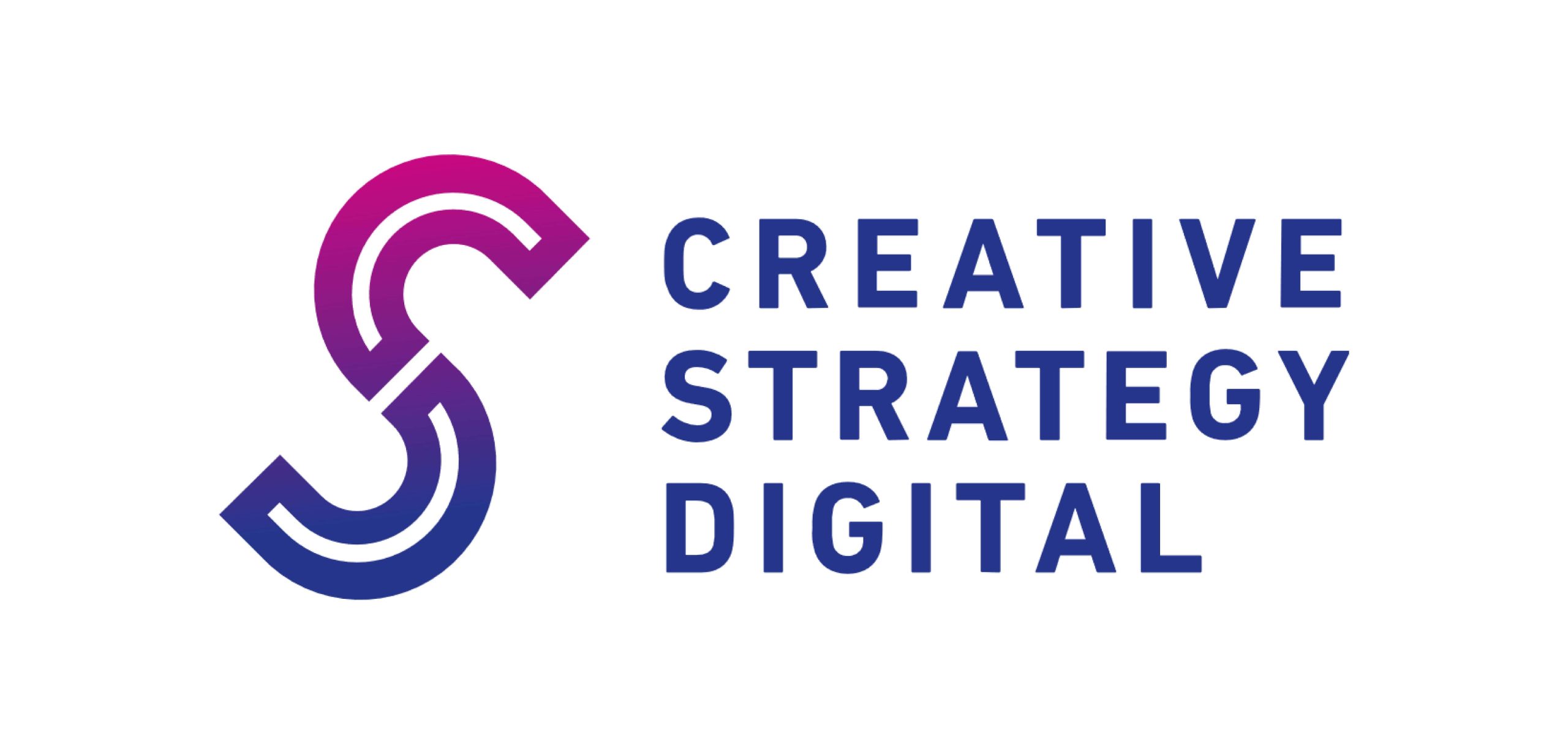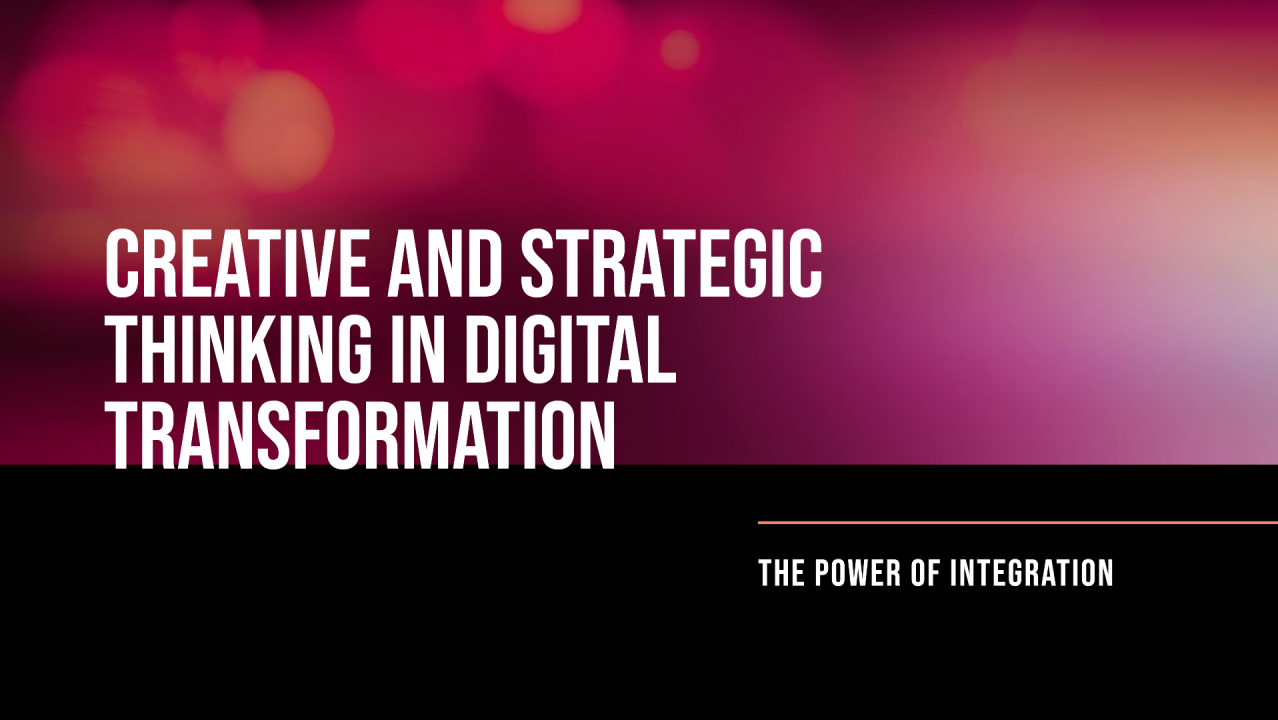Creative Strategy Trends to Watch Out for in 2025
In 2025, the world of digital marketing will continue to evolve, and creative strategy will play a pivotal role in helping brands cut through the noise. With advancements in technology, changing consumer behavior, and new platforms emerging, staying ahead of creative trends will be key to capturing attention and driving engagement. As we move deeper into 2025, here are the creative strategy trends that marketers should keep an eye on to stay competitive.
1. AI-Powered Creativity
Artificial intelligence (AI) is rapidly transforming creative strategy by providing innovative ways to generate content, personalize experiences, and analyze data. In 2025, brands will increasingly rely on AI to automate repetitive tasks, craft personalized content, and enhance creative decision-making.
AI tools can help marketers generate ideas, write copy, or even design visuals based on data-driven insights. This allows brands to produce content at scale while maintaining a high degree of relevance for their audience.
Why it matters: AI-powered creativity will enable marketers to create more personalized and relevant content, increase efficiency, and free up time for more strategic and high-level creative tasks.
2. Interactive and Immersive Experiences
In 2025, consumers are craving more interactive and immersive experiences. Brands are moving away from static content and embracing technologies like augmented reality (AR), virtual reality (VR), and interactive videos to create deeper engagement with their audiences.
AR and VR are no longer just buzzwords. They provide immersive ways to showcase products, offer virtual try-ons, or tell stories in ways that traditional media can’t. With social platforms like Instagram and Snapchat already incorporating AR features, it’s clear that interactive content will continue to grow in popularity.
Why it matters: Interactive experiences allow brands to engage customers more meaningfully and offer something beyond simple product promotions. The more engaging and immersive the experience, the more memorable it will be for users.
3. User-Generated Content (UGC) and Co-Creation
User-generated content is not a new trend, but in 2025, it will take on new significance. Consumers are more likely to trust content created by real users rather than polished advertisements. Brands will continue to leverage UGC by involving customers in the creative process, encouraging them to contribute photos, videos, and testimonials.
Co-creation is also on the rise, where brands invite their customers to actively participate in product development or content creation. This builds a stronger connection between brands and their audience, making the content more authentic.
Why it matters: UGC and co-creation add a layer of trust and authenticity to a brand’s messaging. People value content that feels genuine and that they can relate to, which leads to higher engagement and loyalty.
4. Sustainability as a Core Value
Sustainability is no longer just a trend but a core value for many consumers. In 2025, brands will be expected to demonstrate their commitment to environmental and social issues through their creative strategies. From sustainable product packaging to eco-friendly practices in production, brands will integrate sustainability into their creative campaigns.
Consumers are increasingly making purchasing decisions based on a brand’s environmental and social responsibility. Therefore, brands that embrace sustainability in their messaging and actions will resonate with the conscious consumer.
Why it matters: Sustainability is becoming a critical factor in consumer decision-making. Creative strategies that highlight a brand’s commitment to sustainability will help build trust and appeal to a more environmentally aware audience.
5. Video as the Dominant Content Format
Video continues to dominate as the preferred content format across platforms. By 2025, video will be even more central to creative strategies, especially as short-form video content continues to rise in popularity. TikTok, Instagram Reels, and YouTube Shorts will continue to lead the charge in promoting snackable, easily digestible video content.
Live streaming will also continue to be a powerful tool for brands looking to interact with their audience in real-time. From product launches to behind-the-scenes content, live streaming offers a unique, unfiltered way to engage directly with consumers.
Why it matters: Video is one of the most engaging forms of content, providing an opportunity for brands to connect with their audience on a deeper level. Short-form videos, in particular, are highly shareable, making them ideal for boosting brand awareness and driving engagement.
6. Personalization Through Data
Data-driven personalization will be a driving force in creative strategy in 2025. By leveraging customer data, brands can tailor content and experiences to individual preferences, behaviors, and needs. This personalized approach will help brands forge stronger connections with their audience, improving customer satisfaction and loyalty.
Dynamic content that adapts based on user data will allow brands to deliver messages that are highly relevant, increasing the likelihood of conversion. For example, personalized email campaigns, product recommendations, and targeted ads will become the norm.
Why it matters: Personalization creates more meaningful experiences for consumers. Brands that can use data to deliver tailored content will have a competitive edge in an increasingly fragmented market.
7. Social Commerce: Shopping Directly from Social Platforms
In 2025, the lines between social media and e-commerce will continue to blur. Social commerce, or shopping directly through social media platforms, will be a major trend. With features like Instagram Shops, Facebook Marketplace, and TikTok’s in-app shopping, users will be able to purchase products without leaving their favorite social platforms.
Social commerce allows brands to engage with consumers where they already spend their time, making the buying process seamless and convenient. Creative strategies that incorporate shopping features into content will drive sales and enhance the customer journey.
Why it matters: Social commerce will make it easier for consumers to shop, and for brands, it provides an opportunity to convert social interactions into direct sales.
8. Ethical Marketing and Authenticity
Consumers in 2025 will continue to value transparency and authenticity. Brands that are honest about their practices, values, and challenges will build stronger connections with their audience. Ethical marketing that aligns with social causes, diversity, and inclusion will be a key factor in creative strategy moving forward.
Why it matters: Consumers expect brands to stand for something more than just products or services. Ethical marketing that highlights a brand’s values can attract like-minded customers and build long-term loyalty.
Conclusion: The creative strategy landscape in 2025 will be shaped by technology, data, and evolving consumer expectations. To stay relevant, brands will need to adapt to these changes by embracing AI, personalization, sustainability, and immersive experiences. By keeping a pulse on these trends and integrating them into their campaigns, brands can build stronger, more meaningful connections with their audience, driving engagement and long-term success.




